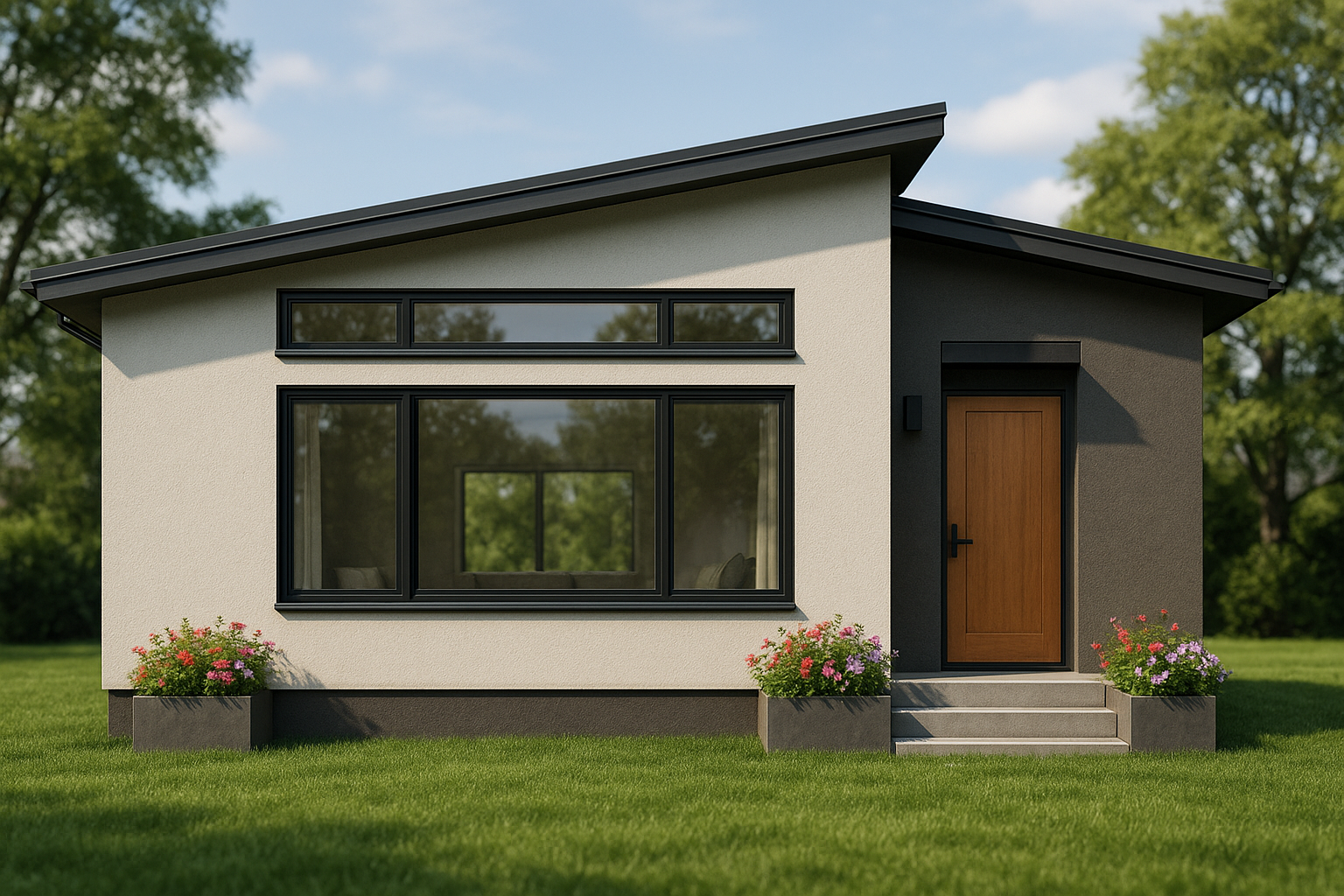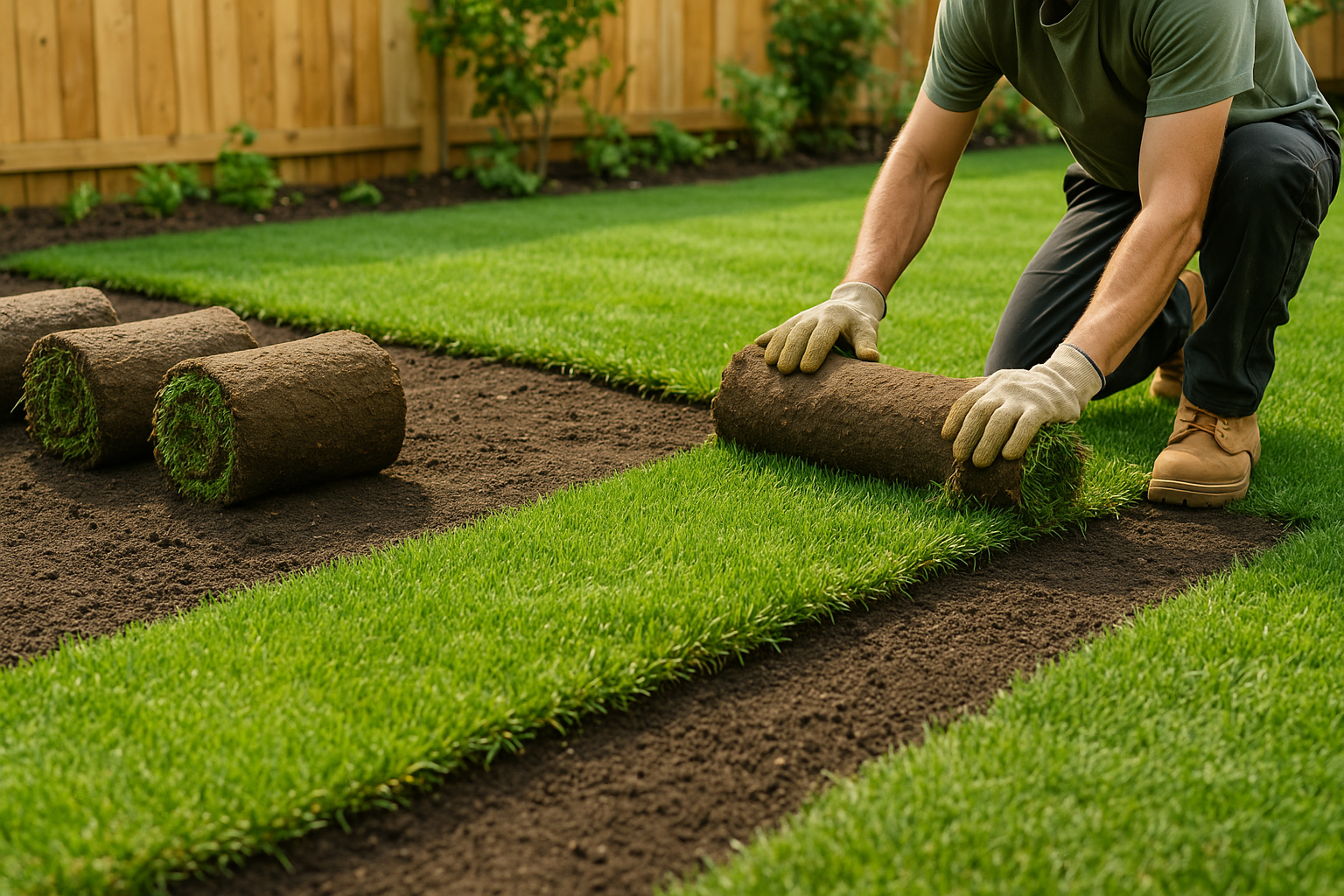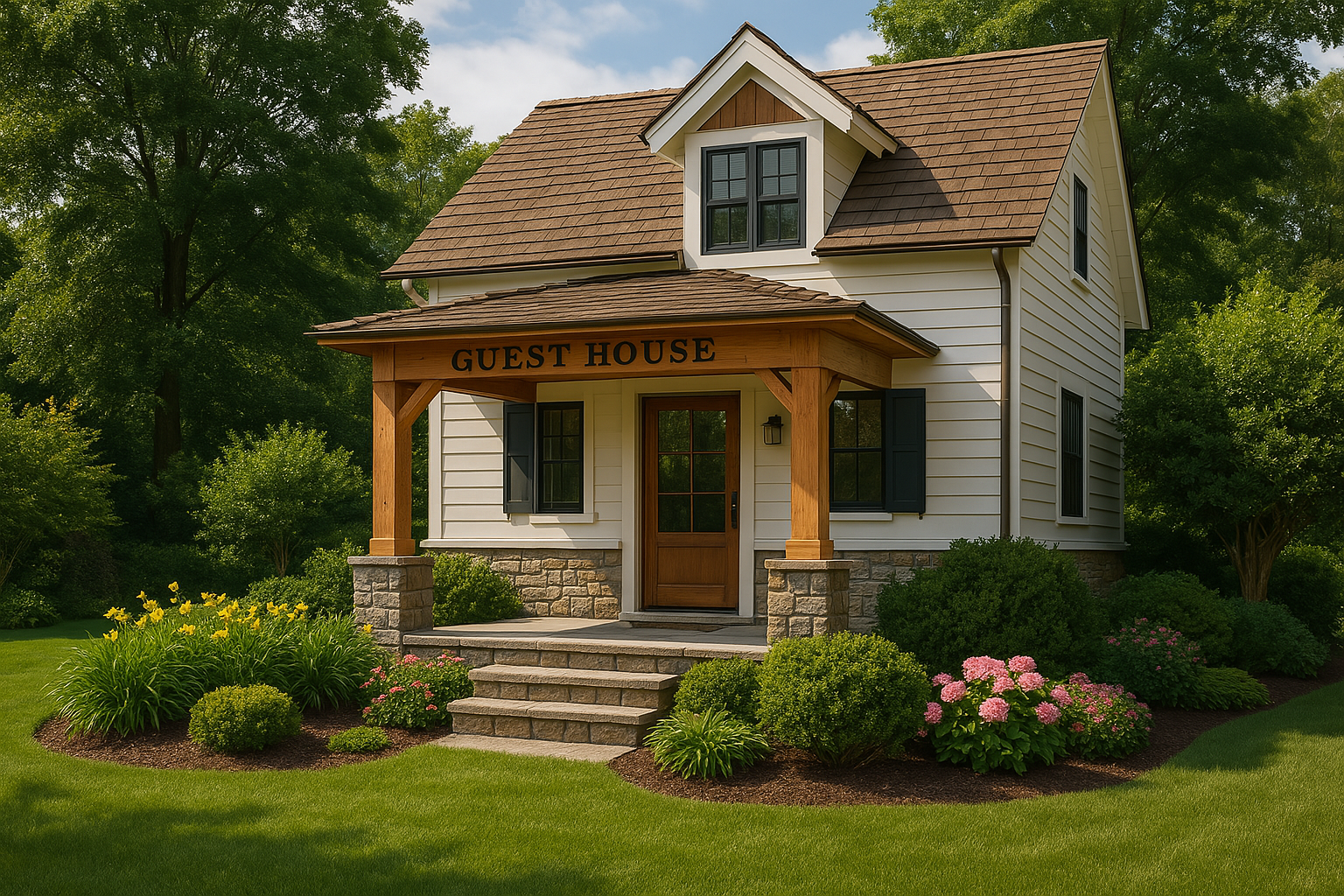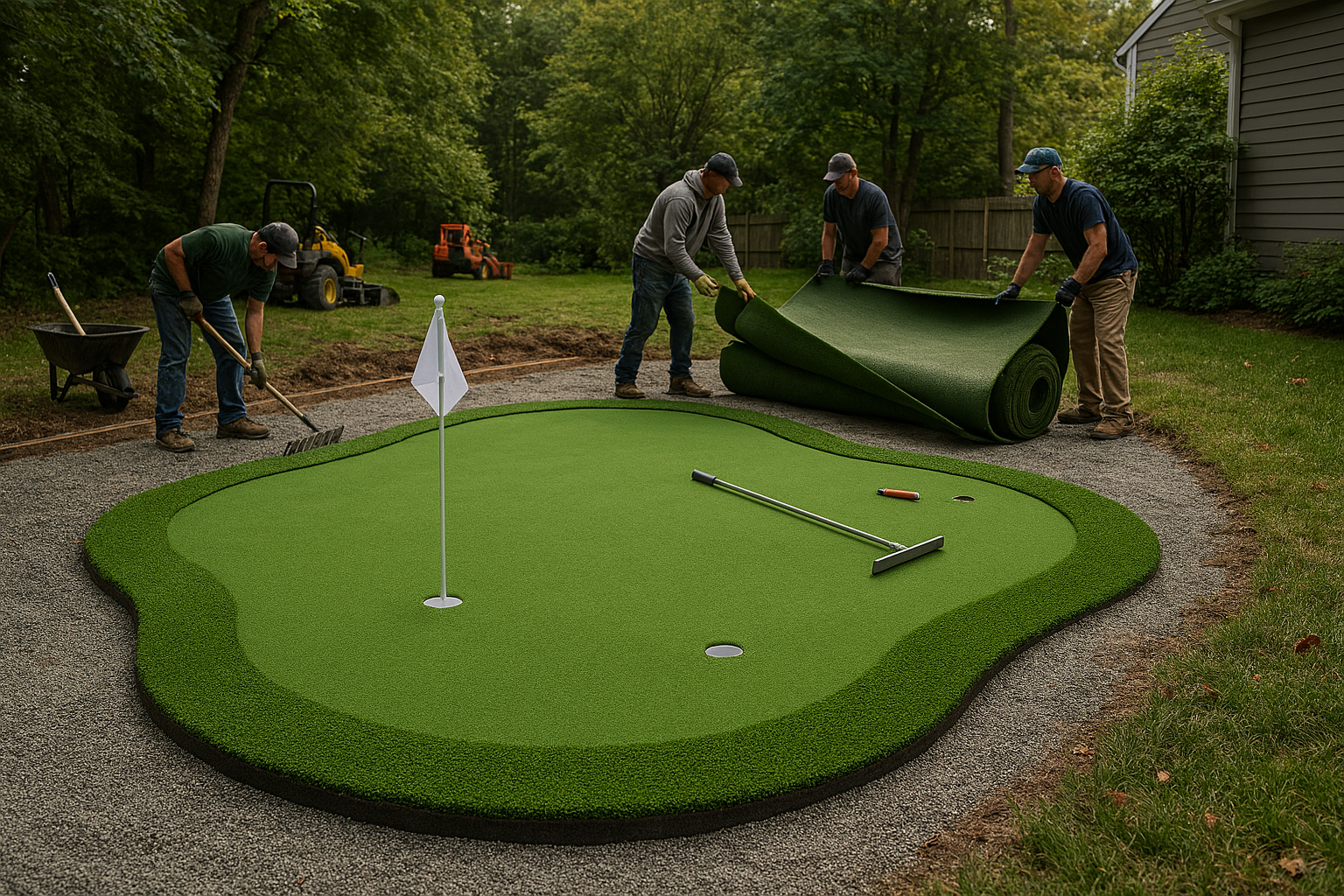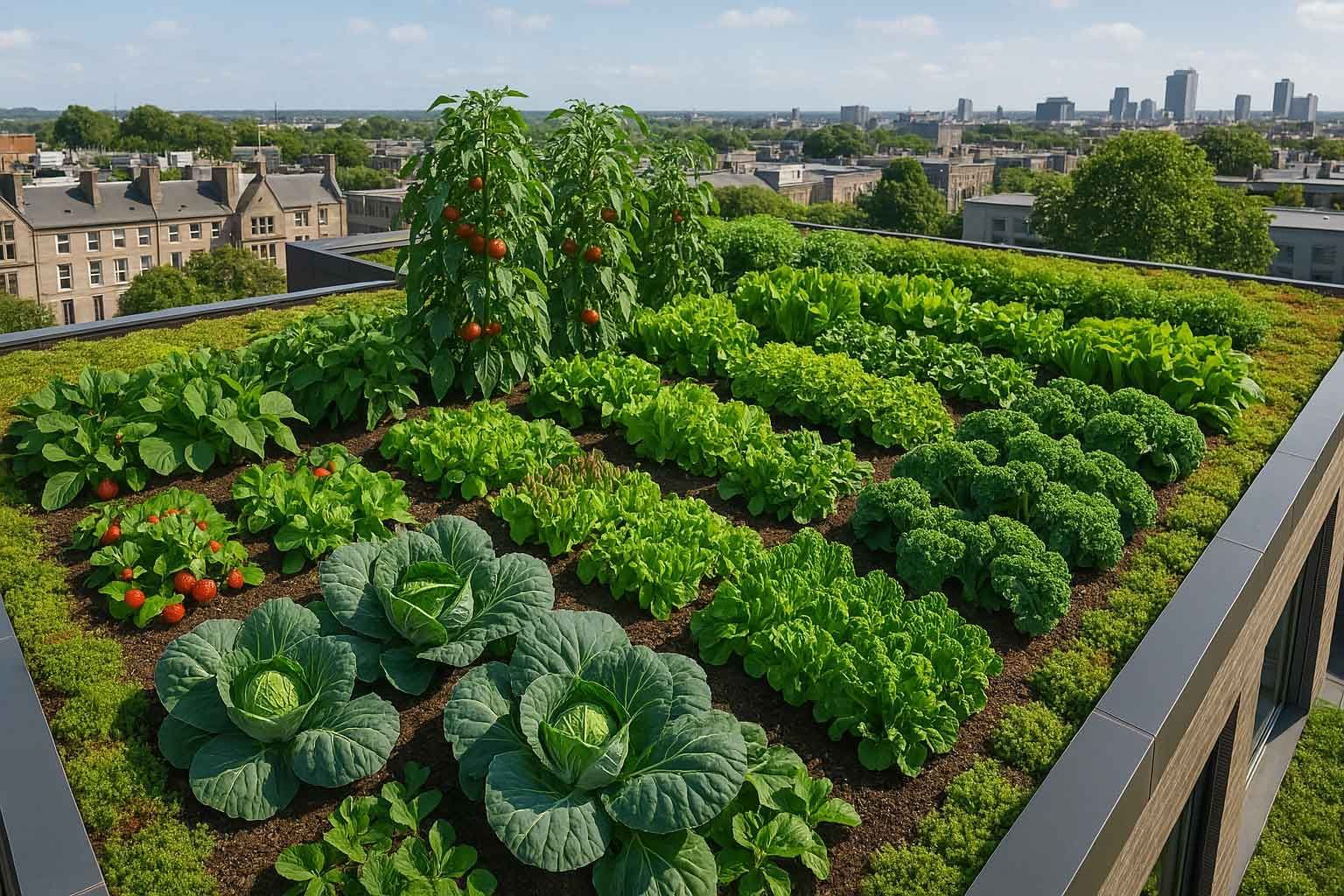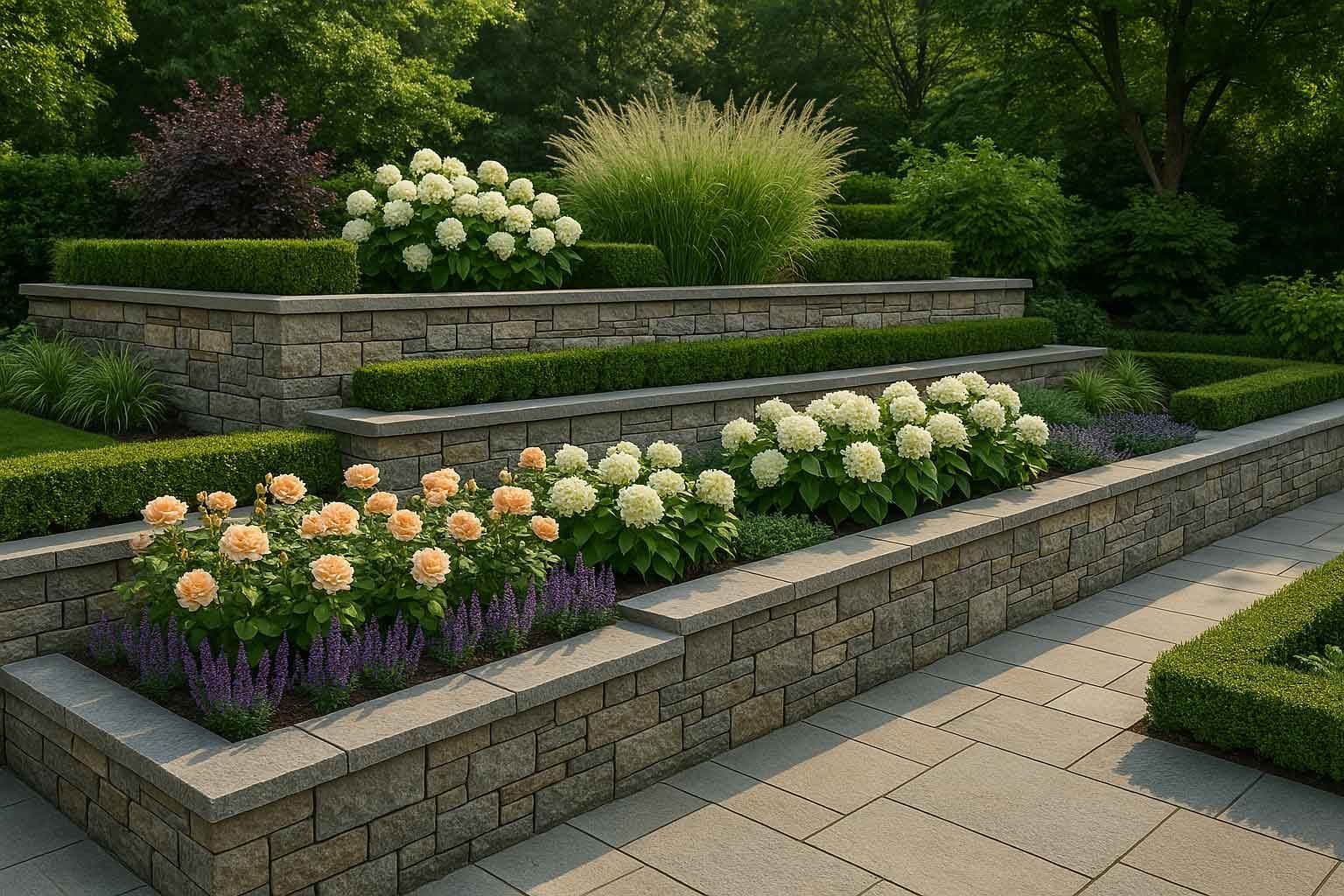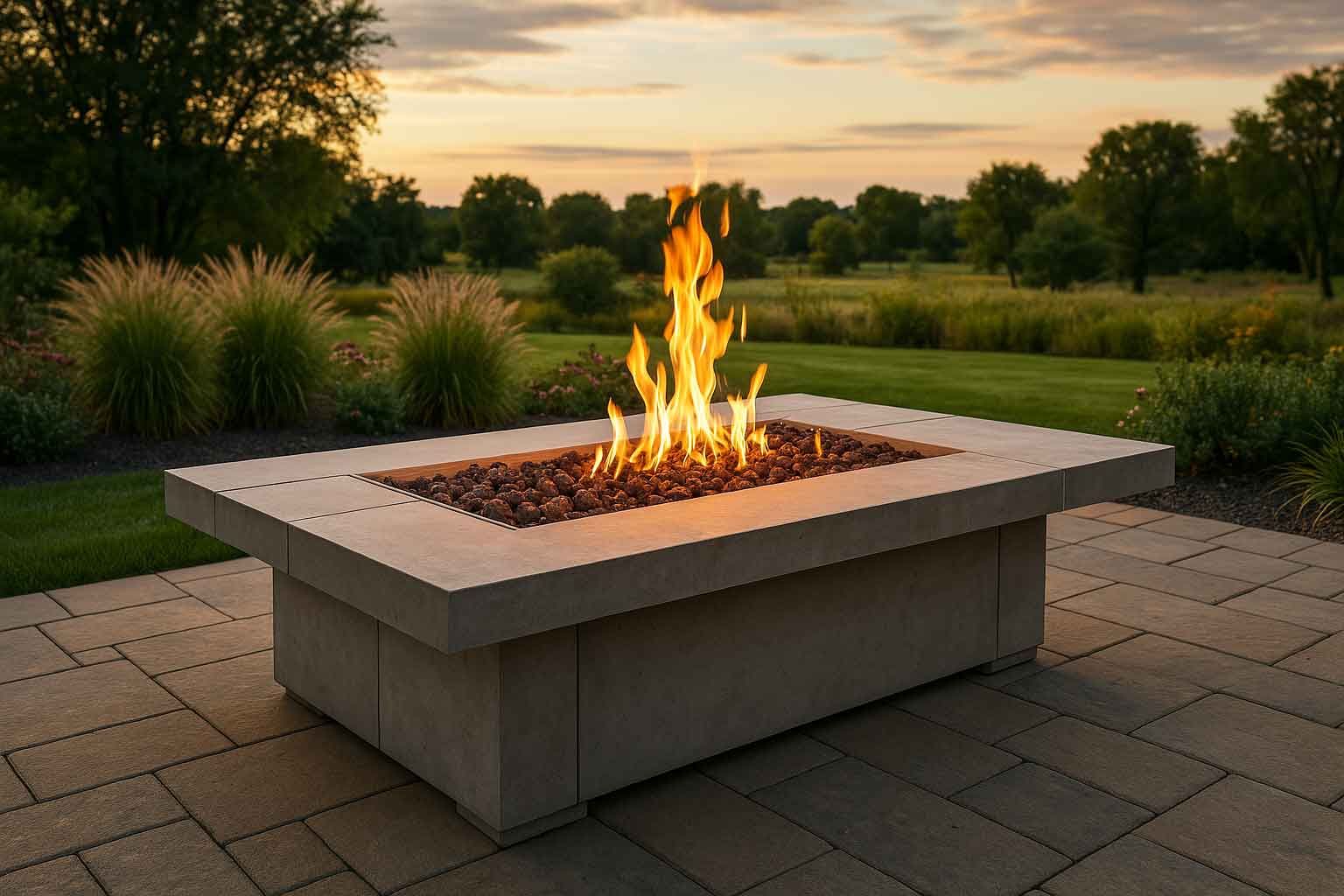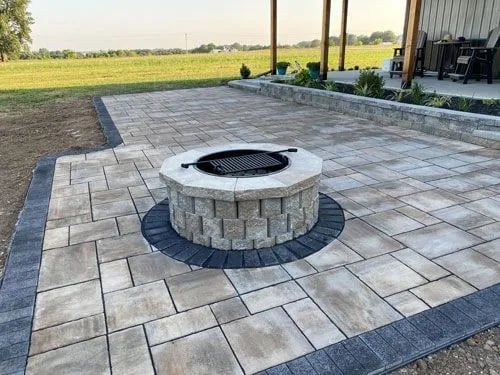The Art of Landscaping: Designing a Low-Maintenance, Eco-Friendly Backyard Oasis
Introduction to Sustainable Landscaping
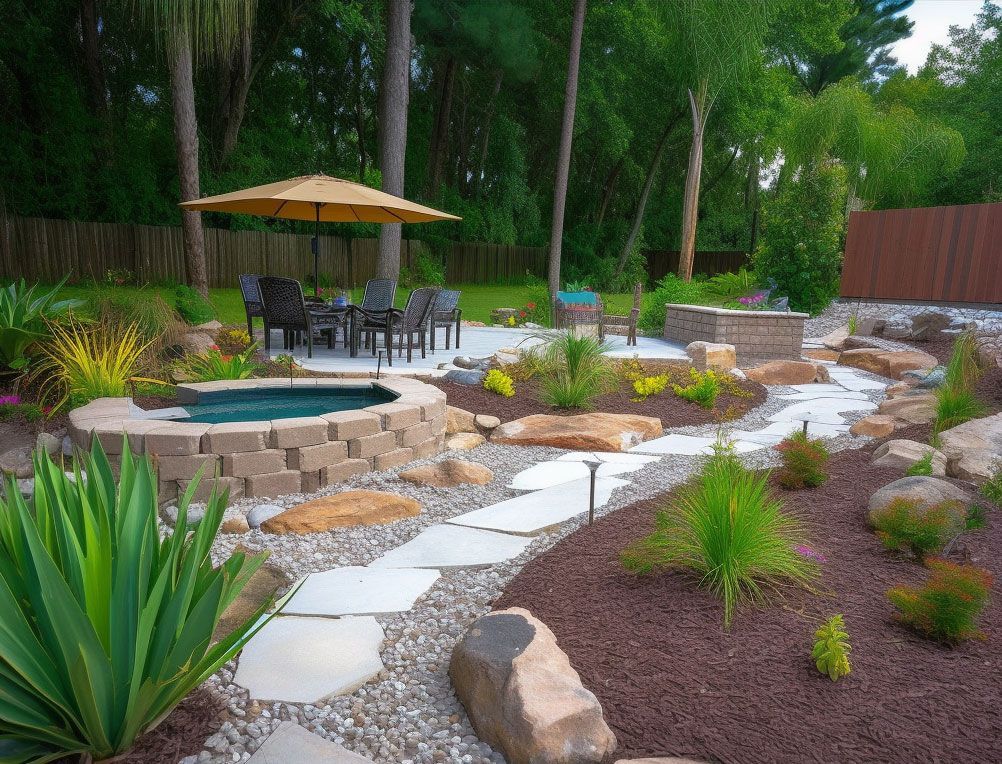
What is Sustainable Landscaping?
Sustainable landscaping refers to the practice of designing and maintaining outdoor spaces in a way that minimizes environmental impact and conserves resources. It emphasizes native plants, eco-friendly hardscaping materials, and sustainable landscaping techniques.
Why Choose Sustainable Landscaping?
Sustainable landscaping offers numerous benefits, including reduced water usage, lower maintenance requirements, and a smaller carbon footprint. By designing your backyard oasis with sustainability in mind, you'll do your part to protect the environment while enjoying a beautiful, low-maintenance outdoor space.
Eco-Friendly Hardscaping Options
Porches and Outdoor Spaces
A well-designed porch can provide the perfect outdoor space for relaxation and entertainment. When selecting materials and designs for your patio, consider eco-friendly options that minimize the environmental impact. Scapes Art offers a comprehensive guide on porch building and choosing sustainable materials.
Retaining Walls
Retaining walls are an excellent way to add structure and visual interest to your backyard. They can also prevent erosion and improve drainage. For an eco-friendly option, consider using recycled materials or permeable pavers for your retaining wall. Check out this comprehensive guide on retaining walls for more information.
Deck Construction
A well-built deck can transform your backyard into an inviting outdoor living space. Choose materials like composite decking or responsibly-sourced wood to ensure your deck is both sustainable and durable. Scapes Art provides a helpful guide on finding top-notch deck construction companies near you.
Stamped Concrete Patios
Stamped concrete patios are an affordable and eco-friendly alternative to traditional hardscape materials. They're highly customizable and can mimic the appearance of natural stone, brick, or tile. To learn more about upgrading your outdoor living space with a stamped concrete patio, visit Scapes Art.
Native Plants for a Low-Maintenance Backyard
Benefits of Native Plants
Native plants offer numerous benefits for your backyard oasis. They're adapted to local conditions, requiring less water, fertilizer, and maintenance than non-native species. Additionally, native plants provide essential habitats for local wildlife, promoting a healthy ecosystem in your backyard.
Choosing the Right Native Plants
When selecting native plants for your landscape, consider soil type, sunlight exposure, and water requirements. Choosing plants that complement your overall landscape design and provide year-round interest is also essential. Consult with a local nursery or extension office for recommendations tailored to your region.
Sustainable Landscaping Techniques
Rainwater Harvesting
Collecting and reusing rainwater is an eco-friendly way to irrigate your backyard oasis. Installing a rain barrel or cistern can capture rainwater from your roof and use it to water your plants, reducing the demand for municipal water sources.
Composting
Composting is a sustainable landscaping technique that involves recycling organic waste into nutrient-rich compost for your garden, like leaves, grass clippings, and kitchen scraps. This practice reduces the amount of waste sent to landfills and provides a natural, chemical-free alternative to synthetic fertilizers.
Mulching
Mulch is a layer of organic or inorganic material that covers the soil surface around your plants. It helps conserve moisture, suppress weeds, and regulate soil temperature. Using a natural, biodegradable mulch, such as shredded bark or compost, can enhance your backyard's eco-friendliness by improving soil fertility and reducing erosion.
Conclusion
Creating a low-maintenance, eco-friendly backyard oasis is achievable through sustainable landscaping practices, native plants, and eco-friendly hardscaping options. By incorporating these elements into your landscape design, you'll enjoy a beautiful, environmentally-conscious outdoor space that's easy on both your time and the planet.
Frequently Asked Questions
1. What are some low-maintenance native plants for my backyard?
The best low-maintenance native plants for your backyard will depend on your region and specific growing conditions. Some popular choices include coneflowers, black-eyed Susans, and switchgrass. Consult with a local nursery or extension office for recommendations tailored to your area.
2. Can I use solar lighting in my backyard oasis?
Yes! Solar lighting is an eco-friendly and energy-efficient option for illuminating your backyard. Numerous solar-powered lighting options are available, including pathway lights, spotlights, and decorative lanterns.
3. How can I conserve water in my eco-friendly backyard?
Some practical ways to conserve water in your backyard include using drought-tolerant native plants, mulching to reduce evaporation, and implementing a rainwater harvesting system. Additionally, consider using drip irrigation or soaker hoses instead of traditional sprinklers to minimize water waste.
4. What materials should I avoid in eco-friendly hardscaping?
Avoid non-renewable materials with a high carbon footprint when designing your eco-friendly backyard, or contribute to environmental degradation. For example, choose responsibly-sourced wood or recycled materials instead of exotic hardwoods, contributing to deforestation.
5. How can I attract beneficial wildlife to my backyard oasis?
Incorporating native plants into your landscape design can help attract beneficial wildlife, such as pollinators and birds. You can also provide water sources, nesting sites, and shelter to create a welcoming environment for various species.


